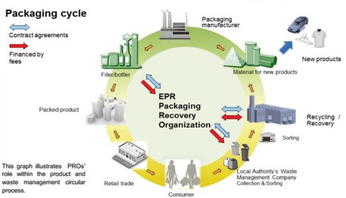Discharge Voltage Variations when Switching from Pure Metallic to Poisoned Sputtering
Presented by R. De Gryse, Ghent University
It is commonly assumed that the Ion Induced Electron Emission coefficient (ISEE or gi) of oxides has a higher value as compared to the bare metal and one expects lower discharge voltages VD at constant current when sputtering these metals in poisoned mode. In order to verify this simple picture, VD was measured for thirteen different target materials at constant current in pure oxygen. As was previously shown, shallow implantation of the oxygen into the target subsurface leads to the formation of an oxide layer on the target [1]. After stabilisation of the discharge or target voltage in pure oxygen, the discharge was stopped and the oxygen was quickly exchanged for pure argon after which the discharge was restarted at constant current and monitored until full stabilisation. Following this procedure, it was possible to study the discharge voltage variation during the sputter removal of the previously grown oxide layer on the target. This allows to measure under identical circumstances of argon pressure and discharge current, the discharge voltage of an oxidized or deeply poisoned target Vox,Ar (measured within 30 ms after start up of the Ar discharge) and the discharge voltage VAr after stabilisation corresponding with a cleaned up pure metallic target. As both values are obtained under identical circumstances of sputter atmosphere, plasma influences can be ruled out and the observed variations in VD have to be attributed to a variation in “material” properties of the target itself. The thirteen tested metals can be divided into two groups. Materials such as Al, Mg, Ce and Y give rise to the “classic” behaviour, namely a decrease in target voltage when switching from metallic to poisoned sputtering. On the contrary, metals such as Ag, Au, Cr, Cu, Nb, Pt, Re, Ta and Ti show the inverse behaviour or an increase in target voltage VD when switching from metallic to poisoned sputtering. It has been argued that this variation in discharge voltage is due to the resistivity change of the target as a consequence of oxide formation upon poisoning. By measuring VD as a function of oxide thickness one can conclude that the resistivity effect can only play a minor rule and the important parameter which controls the discharge voltage is the ISEE coefficient gi. Taking into account the Thornton relation [3] which states that the inverse of the discharge voltage, -1 D V , is proportional with gi , the thirteen tested metals can be classified according to the variation in gi when changing the discharge from pure metallic to oxygen poisoned. The oxides of Al, Ce, Mg and Y show up a larger value of gi as compared to the corresponding metals whereas the oxides of the other metals under investigation have smaller values and behave
“unexpected”. Although not fully understood yet, there are good indications that oxides which sputter congruently, without reduction, (MgO, Al2O3, etc) give rise to an enhancement of gi, whereas other oxides show a decrease in secondary electron emission.
This post is for paying members only
SubscribeAlready have an account? Log in

